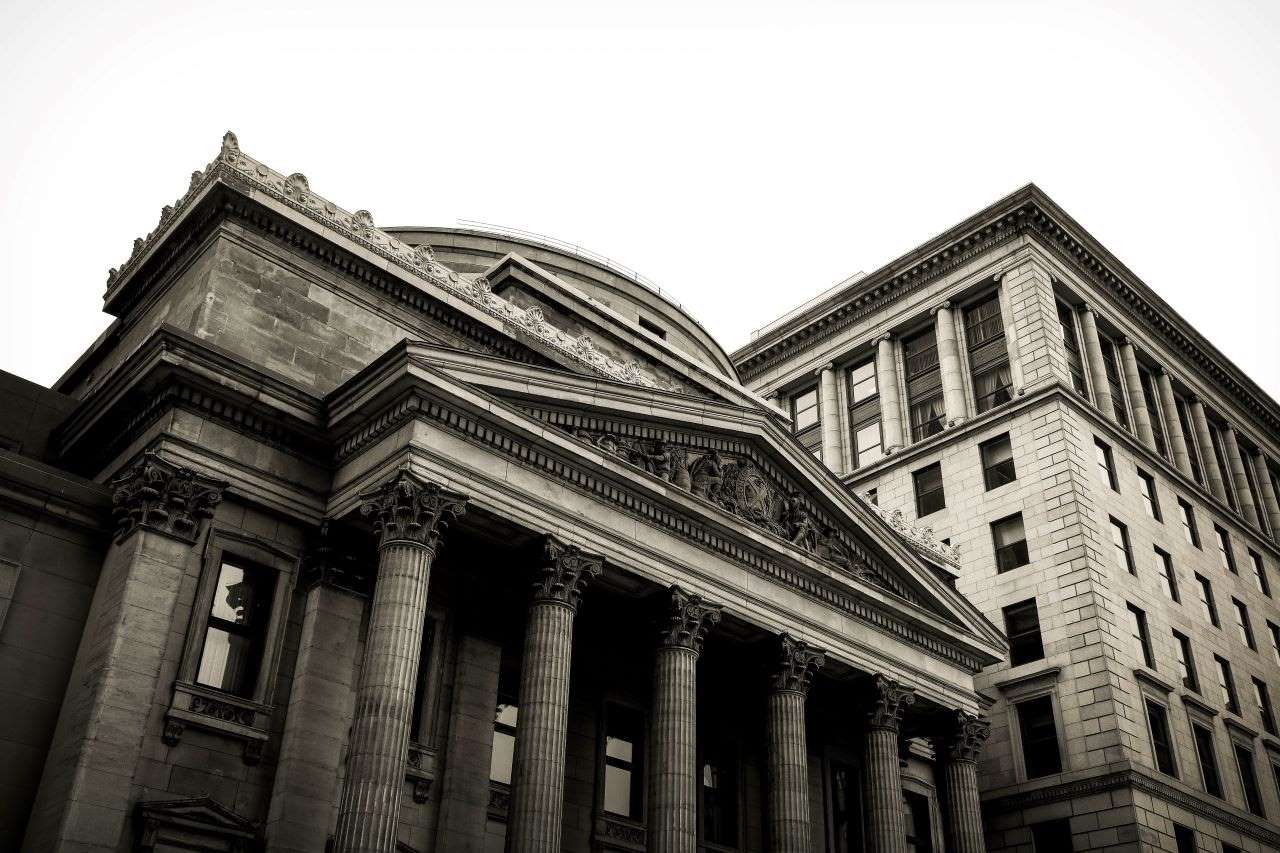In order to create a larger, more stable bank, the Philippine government intends to combine two state-backed institutions.
A crisis in the entire industry was brought on earlier this month by the failure of US-based lenders Silicon Valley Bank (SVB) and Signature Bank. In a news conference, Secretary Benjamin Diokno said, “By combining the two, it would now be the top one bank in the Philippines.” Over PHP4.18 trillion ($76.79 billion) in assets and PHP3.59 trillion ($65.95 billion) in deposits will make up the combined entity.
According to Diokno, the combined corporation will be better able to withstand economic shocks. Also, they anticipate better retail and wholesale banking operations than when the two banks operate separately.
“Due to recent financial developments abroad, the President expressed the desire to unite the two to create the largest bank in the nation. The best practice is actually that one. Typically, the government owns the largest bank,” the Secretary said.
What is the Landbank of the Philippines?
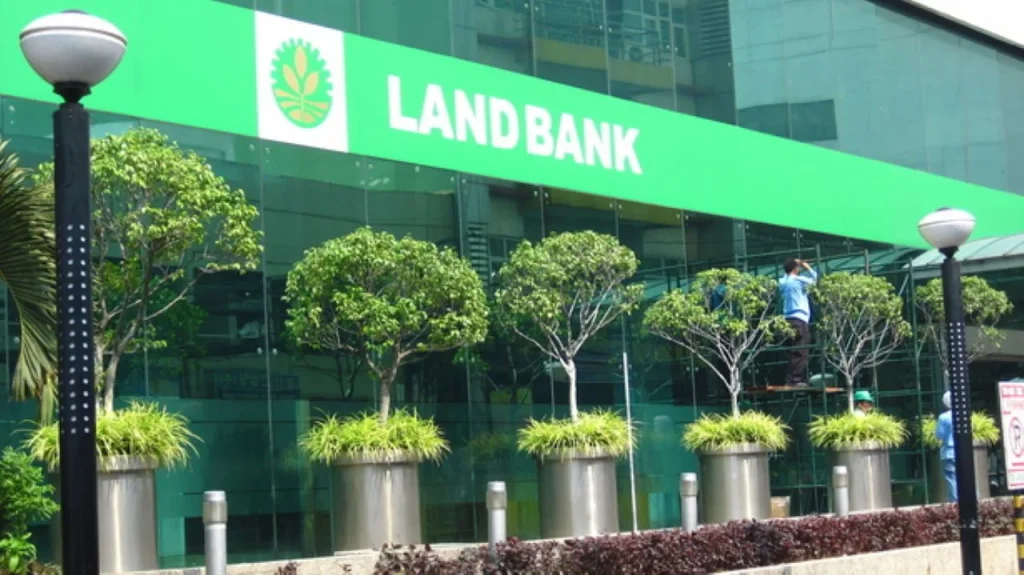
photo from pia.gov.ph
A government banking firm called the Land Bank of the Philippines seeks a balance between carrying out its social mission of fostering rural development and maintaining its financial viability. Land Bank is special because of its dual purpose. The Bank’s developmental activities and projects are funded through the proceeds from its corporate banking operations.
In accordance with the Agricultural Land Reform Ordinance (Republic Act No. 3844), the Land Bank of the Philippines (LBP), or “Bank”, was created on August 8, 1963, to finance the purchasing and distributing agricultural estates for the purpose of dividing them up and selling the pieces to smaller landowners, as well as allowing agricultural land renters to buy up larger parcels of land.
In order to fulfill its social objective of promoting rural development, the bank received increased commercial banking authority via Presidential Decree (PD) No. 251 in July 1973, making it the first universal bank by charter.
In accordance with PD No.251, the Bank was given the Authority to provide loans for agrarian, industrial, home construction, or home loan projects, as well as other productive enterprises. The Bank was also given the ability to provide credit assistance to farmers’ cooperatives and associations to help with the cultivation and distribution of crops as well as the purchase of necessary goods and services.
Purpose of Landbank
An organization charged with carrying out CARP’s policies that involve land evaluation, paying compensation to those who own private agricultural properties, and collecting amortizations from CARP’s farmer-beneficiaries. Assistance with finance was provided to ARBs, local farmers, and fishermen. A designated location for storing government funds.
Development Bank of the Philippines
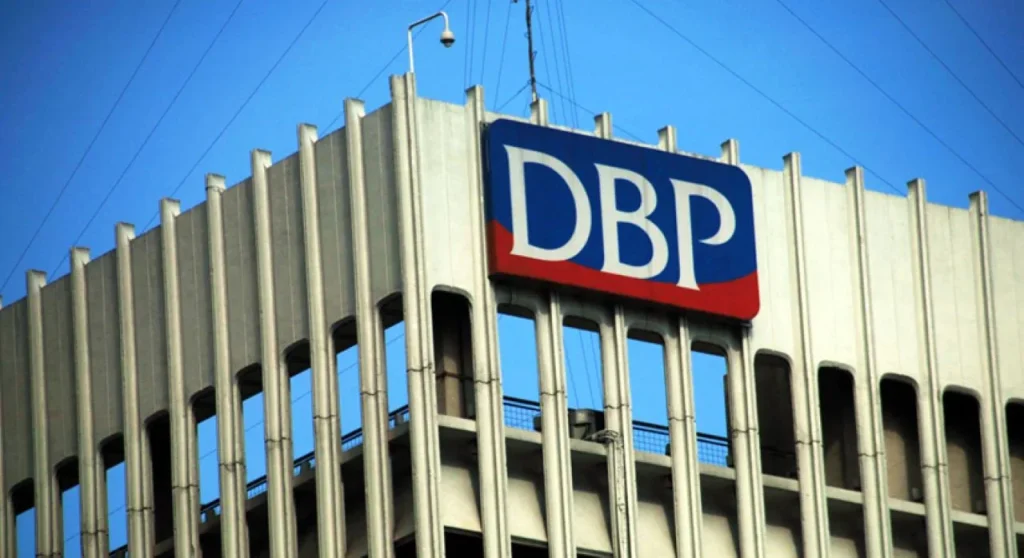
photo from bworldonline.com
DBP is the leading public financial entity devoted to assisting the main national development strategies.
Facilities and logistic support, social care, micro, medium and small-sized businesses, and the environment are its four main areas of focus. DBP works hand-in-hand with important players from both the public and private sectors, such as municipalities, government agencies, private businesses, multinational and simultaneous private lenders, investment corporations, banking institutions, cooperatives, and cooperative societies, to implement a comprehensive framework that will help the economy advance in these four key areas.
The bank offers flexible working hours and provident funds for the benefit of its employees, including house loans, loans for general purposes, loans for children’s education, financial assistance for health care, and amenities like a gym and daycare for young employees’ children.
Wholesale Banking Operations
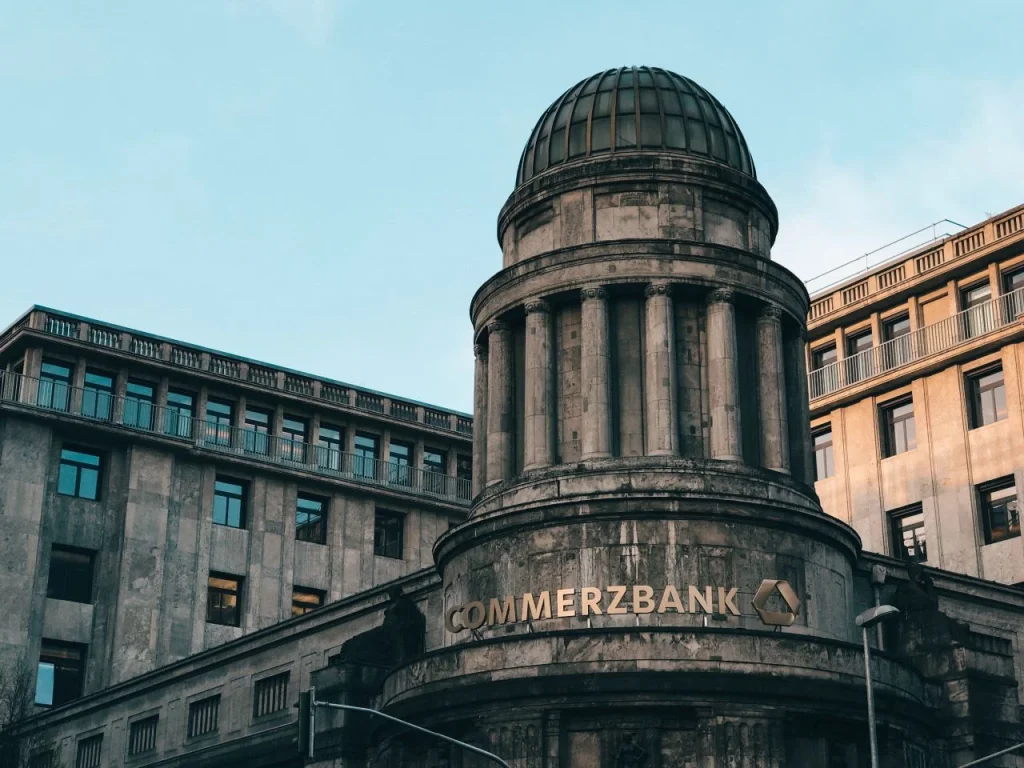
When referring to banking services, the term “wholesale” refers to those provided to significant clients, including different banks, other financial firms, governmental organizations, multinational firms, and developers of real estate, such as a property for sale. It is the counterpart of consumer banking, which is geared at serving the needs of individuals and small companies. Currency conversion, working capital finance, significant trade transactions, acquisitions and mergers, counseling, and financing are just a few of the services offered by wholesale banks.
Lending and borrowing among two sizable institutions are referred to as wholesale banking in finance. Investment banks offer these services, which frequently include retail banking as well. As a result, a person seeking wholesale banking wouldn’t need to visit a particular institution; instead, he might work with the same bank where he now does his private financial institutions.
Only governmental organizations, pension funds, financially sound businesses, and other institutional clients of a similar sort are permitted to purchase the services that are deemed to be “wholesale.” It is for organizations that need a lot of services and need it on a larger scale than an individual or a modest corporation. Prices for these services are often less expensive than those for individual customers due to the massive size.
Banking differences between Wholesale and Retail

The phrase “wholesale banking” describes financial transactions involving significant sums of money between banks and substantial clients. The transactions that banks engage in with one another through interbank markets, which are unrelated to consumers, are referred to as wholesale banking.
The mobilization of deposits, primarily from individual clients, and lending to borrowers who are individuals and owners of small enterprises are referred to as retail banking. Retail banking, as opposed to wholesale banking, comprises mostly high volumes of low-value transactions. Moreover, different forms of deposit accounts make up the majority of retail banking liabilities, and the lending portfolio is dominated by consumer loans.
Wholesale Banking
Dealing with major corporate clients, such as multinational corporations, the government, or government organizations, is referred to as wholesale banking. As a result, wholesale banks typically deal with few but high-value customers. They raise money from various sources and lend money to businesses.
A small clientele but many significant transactions per customer are the hallmarks of wholesale banking. Low processing costs are caused by large financial investments and loans from a small number of customers, which pushes banks to offer lower spreads. On the contrary, Retail banking works with many customers and transactions with smaller dollar amounts. Banks typically impose higher interest rates on transactions since the processing costs for retail banking are considerable.
High-level customer relationships are necessary for wholesale banking. This is true because the idea of a personal banker is implied in wholesale banking. Each corporate client is assigned a personal banker to ensure personalized care and prompt service. Each client’s needs are different in wholesale banking. For the purpose of providing clients with solutions that are specifically tailored to their needs, studying and comprehending these requirements becomes essential.
Retail Banking
Customer relations are moderately necessary for retail banking. The quality of customer service is the most important factor in attracting new business, even when the majority of banks provide the same range of services with comparable technology.
The retail banking industry is changing. Retail banking used to be dominated by cautious depositors who were happy with moderately yielding, inexpensive saving accounts. Nonetheless, the demands and attitudes of the populace are currently shifting. The next generation of savers wants to invest to create profit rather than save to protect money, seek very high convenience ratings, anticipate improved work technology, demand actionable information and advice, and favor a wide variety of nontraditional items.
At first, banks viewed retail banking simply as a cost center and a source of low-cost deposits. But, because it is a point of direct client interaction today, retail banking provides a significant source of competitive power for the banking industry. Retail services are in a unique position to assist banks build solid, long-lasting relationships with specific consumers and so set themselves apart from rivals. Banks view retail lending as a potential way to increase company revenues in the present environment. Consumer finance seems to be a workable solution to deal with low credit scores.
There are no longer any fully independent wholesale or retail banks in many economies, despite the fact that some banks specialize in wholesale or retail banking. Most banks integrate their operations for retail and wholesale banking. A few banks have specialized departments or units that deal with corporate clients. The knowledge and expertise needed to operate the wholesale and retail banking industries vary. However, there are some essential elements that are common, such as a focus on the client, technological investments, etc. In a competitive market, banks must reposition themselves and arm themselves with cutting-edge banking practices to handle the escalating rivalry.
Who is Finance Secretary Benjamin Diokno?
Now, Dr. Diokno is the Department of Finance’s Secretary (DOF). He held the position of Governor of the Bangko Sentral ng Pilipinas (BSP) from 2019 to 2022 before being named Fiscal Chief. Under his direction, the Central Bank of the Philippines was one of the first to react to the pandemic and to implement forceful measures to mitigate its negative effects and clear the way for recovery. He was the Budget Secretary for three presidents before becoming in control of the financial sector, where he advocated an expansionary fiscal strategy to support investments in public infrastructure and human resources.
Promote Accessible, Long-Term Economic Prosperity in PH

While he emphasized the Bank’s vital contribution to nation-building, Finance Secretary Benjamin Diokno urged the Land Bank of the Philippines (Landbank) to lead the nation in establishing an accessible financial system and economic expansion.
The Landbank Board’s newly elected Chairman, Diokno praised the bank for upholding its social mandate to promote equitable rural economic development. In support of the government’s efforts to promote more financial inclusion and national development, he pointed out how this mission changed and grew to include other crucial sectors.
The government has used the state-owned institution as its main avenue for distributing financial assistance programs, making it a trustworthy economic ally for both public and private organizations.
The bank has provided loans and led lending initiatives for Housing and Health, Local Government Units (LGUs), Small and Medium-Sized Businesses (SMEs), and Microfinance Institutions (MFIs), particularly those that were struggling during the pandemic. Targeting certain farmers and fishermen also increased.
How Merging of Two Banks Affect the Economy and Loans?
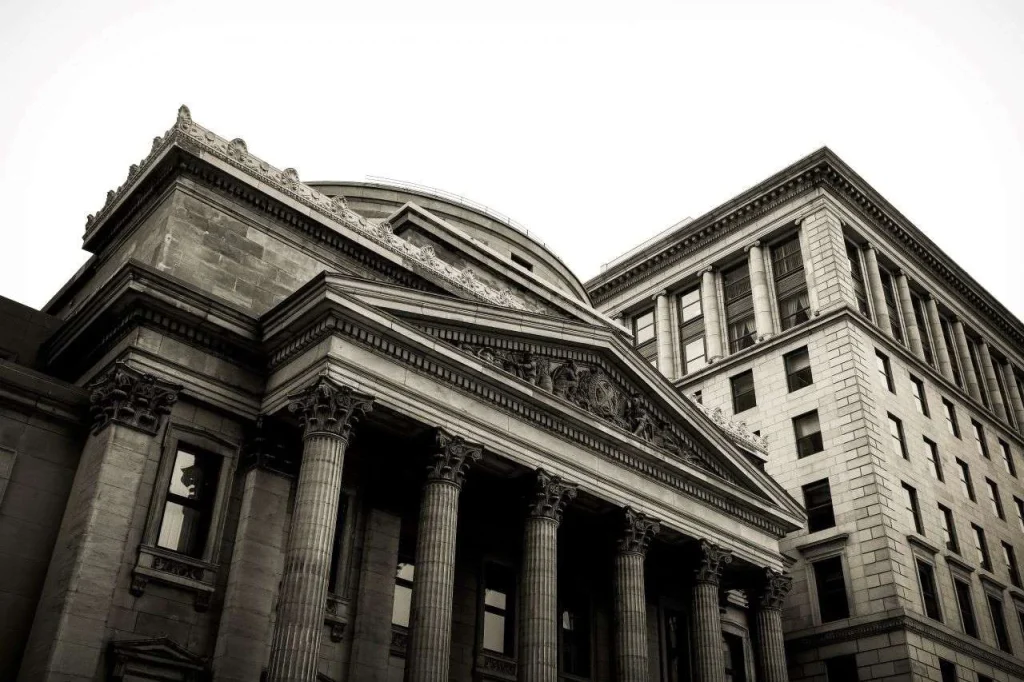
What is a bank merger?
A bank merger takes place when two banks combine to establish one business with new management and legal structure. Due to the two banks’ agreement to combine their resources, is it often regarded as a favorable acquisition? Mergers typically involve two firms that are similar in size or resource level.
During a bank merger, one institution typically assumes control of the name. Yet, on rare occasions, banks could establish a fresh chartered bank under a different name.
Services and goods will be combined throughout a bank merger since two banks are joining forces. Certain branches and ATMs might be momentarily shut down if two physical financial positions/ institutions merge. A temporary outage of internet and mobile banking is also possible.
A merged bank can combine the assets and operations of two banks to create a larger entity with a broader geographical reach and customer base. This allows the merged bank to achieve economies of scale and reduce costs.
What occurs throughout a bank acquisition?
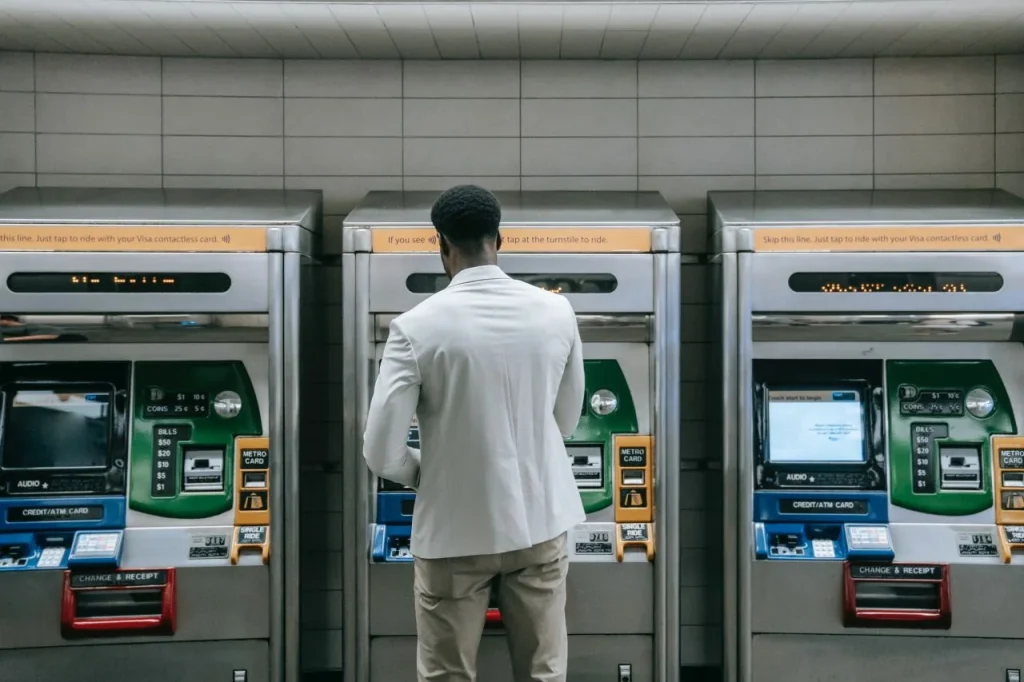
You could find it challenging to distinguish between an acquisition and a merger from the perspective of a customer. Either change could result in your bank changing its name or adding additional locations in a different neighborhood. Finalizing the procedure might frequently take years.
Your banking may undergo some significant changes if your bank is acquired by another organization. If you receive any new goods or services, a bank should let you know and assist you in adjusting to the change.
Improved digital environment – A bank can increase its digital capabilities through a merger or acquisition without having to hire new technology providers or create them from the ground up. The United organization can offer fresh, enhanced experiences. To assist with the application procedure for a mortgage, automobile, or business loan, for instance, a bank might offer additional self-service technologies.
New services or items – Being a client during a merger may allow your bank to increase the range of services it offers. Whether you’re used to switching banks or using numerous suppliers to satisfy your financial needs, these new solutions may make your life easier.
Possibility of reducing fees – This could be improved benefits offered by a client loyalty program or cheaper bank costs for services like savings and banking accounts, lower origin and transactional fees for vehicle or business loans. etc.
Related Blog: Choosing the Best Banks for Your Investments and Loans


